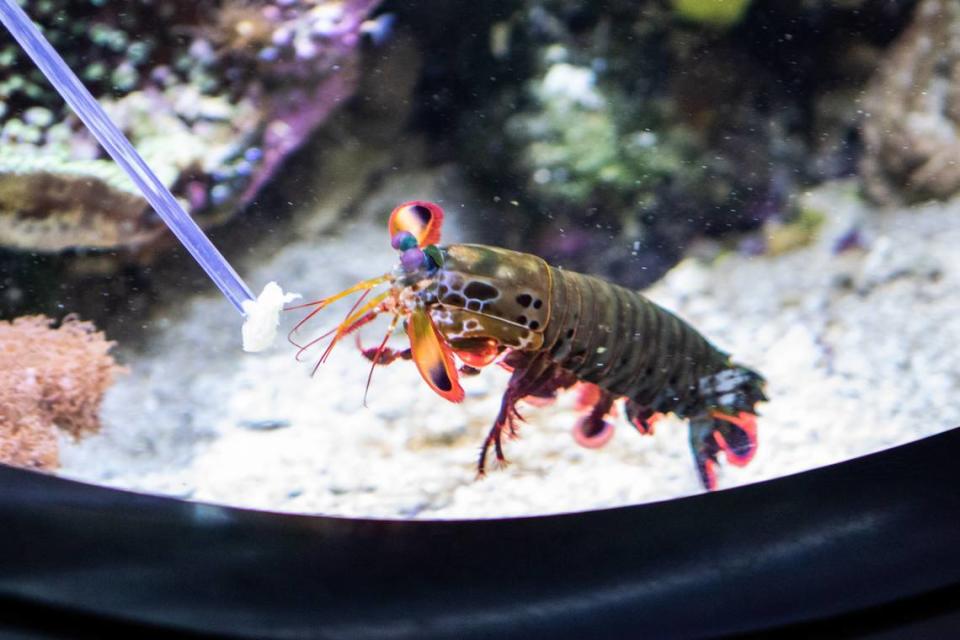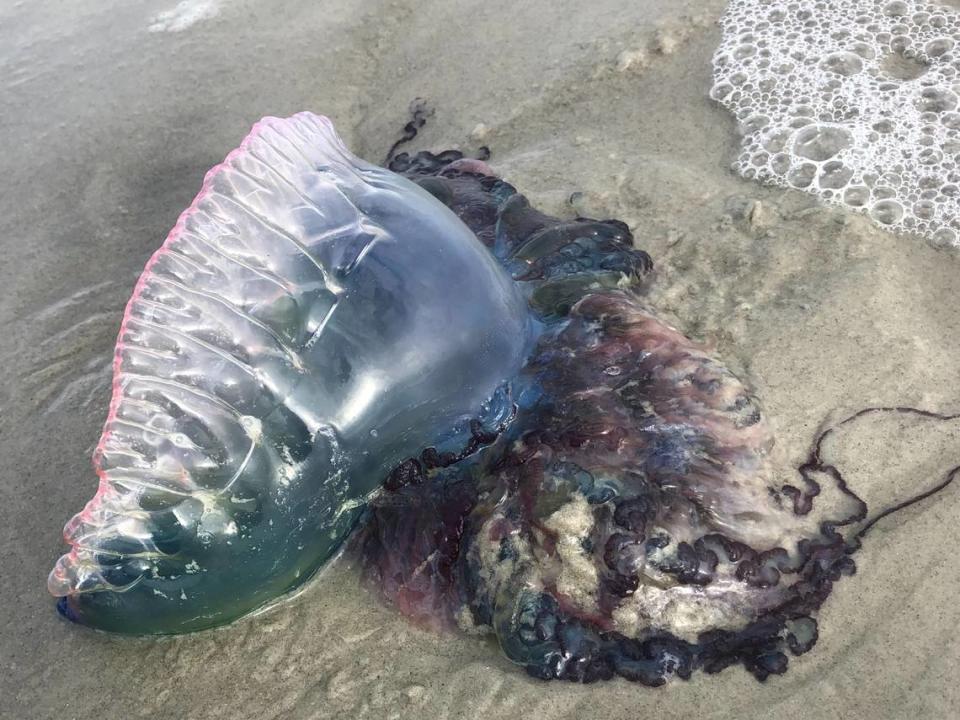Watch where you swim! There are 4 of the most dangerous critters along SC shores
When thinking of South Carolina, the first things that may come to mind might be historical events and places, architecture, white sand beaches or even hiking. But would dangerous inhabitants make the list?
With the variety of regions in the Palmetto State, from coastal marshes and wetlands to dense forests and mountainous terrain, each of these ecosystems comes with its own set of dangerous critters that may be specific to each geographic area.
However, the state’s coasts are home to some of the area’s most notorious dangers.
Here are four of the most dangerous creatures to watch out for along the shores South Carolina.
Sharks
Bull sharks are highly aggressive sharks and are vastly considered by experts to be the most dangerous sharks to humans due to their aggressive tendencies and impressive ability to adapt and migrate up rivers, according to the National Wildlife Federation.

These sharks live and migrate along the coast of South Carolina in the summer months generally between the months of May through October. They may even begin as early as March and be more active between July and August. Luckily, people are not generally on the menu for bull sharks, but they have been reported to attack out of curiosity or misunderstanding thinking the person is a distressed animal.
Bull sharks are generally between 7 and 11 feet in length and can weigh between 200 to 500 pounds.
South Carolina waters also see another large and aggressive shark such as the great white shark.
Mantis Shrimp
Among the many shrimp species that surround South Carolina’s coast, the mantis shrimp stands out as the most notable of them all.
Although not even a true shrimp species, mantis shrimp, or stomatopods, are distant relatives of crabs, lobsters and shrimp. They get their name because this carnivorous marine crustacean resembles a mix between a praying mantis and a shrimp. Occasionally, they can even be described as appearing similar to a lobster.

They can be found along coastal shores, usually living in an abandoned burrow, sometimes U-shaped, and can move in and out to capture nearby prey when spotted. The fast and vicious stomatopods can also live in coral reefs or rock crevices.
“They have a unique set of “thumb splitters” or small appendages that they use to break or crack open shells of other crustaceans to retrieve food and nutrients. They are the fastest known organism due to their quick jabbing appendages that can reach up to 170 mph,” according to Lamar University.
Mantis shrimp pack the strongest punch of any creature in the animal kingdom. Their club-like appendages accelerate faster than a bullet out of a gun, detailed Leah Burrows in a research article through Harvard University’s School of Engineering and Applied Sciences.
“The title of fastest punch in the animal kingdom firmly belongs to the peacock mantis shrimp, whose club-like appendages reach the speed of a .22-caliber slug, shatter clamshells with ease and can slice human fingers to the bone,” wrote The Washington Post.
Mantis shrimp can act aggressively, and their jabs and blows have been described as “devastating” to their prey or to many who choose to spar with one.
Man o’ War
Sea nettles and Portuguese man o’ war can be found off the island’s coast and in the surf and are generally responsible for the most stings on Hilton Head Island, with the most recorded stings in one day being in the hundreds.
The Portuguese man o’ war may resemble a jelly but are instead known as a siphonophore and appears bluish-purple in color.

If you come across one on the beach or in the surf, it appears similar to an inflated plastic bag.
“The important thing about the Portuguese man o’ war, if they’re washed up on the beach, they’re like dead bees. They can still sting you, so don’t mess with them,” Staton had said.
The best advice when around these multitudes of dead jellies is to not directly touch a dead jellyfish if you don’t know what kind it is.
Cottonmouth

Cottonmouth snakes are venomous, semi-aquatic snakes that are strong swimmers and live near water. These snakes also go by the nickname “water moccasin,” which comes from their ability to swim and their dark brown or black coloring. They have large, triangular heads and wide jowls due to their venom-filled glands. These snakes are large and typically range 24 - 48 inches in length, according to the University of Georgia’s Savannah River Ecology Laboratory.
These pit vipers are generally found in or close to a body of water, which is where their prey resides. More mature snakes appear to be darker in color as their distinctive markings fade. Cottonmouth heads will be considerably thicker than their necks and have thick, short tails. Additionally, the males are larger than their female counterparts. The older adult snakes are often dark and solid-colored. The juveniles are more brightly patterned than adults with a sulfur-yellow tail tip, which they use to wiggle to attract and trick their prey.

